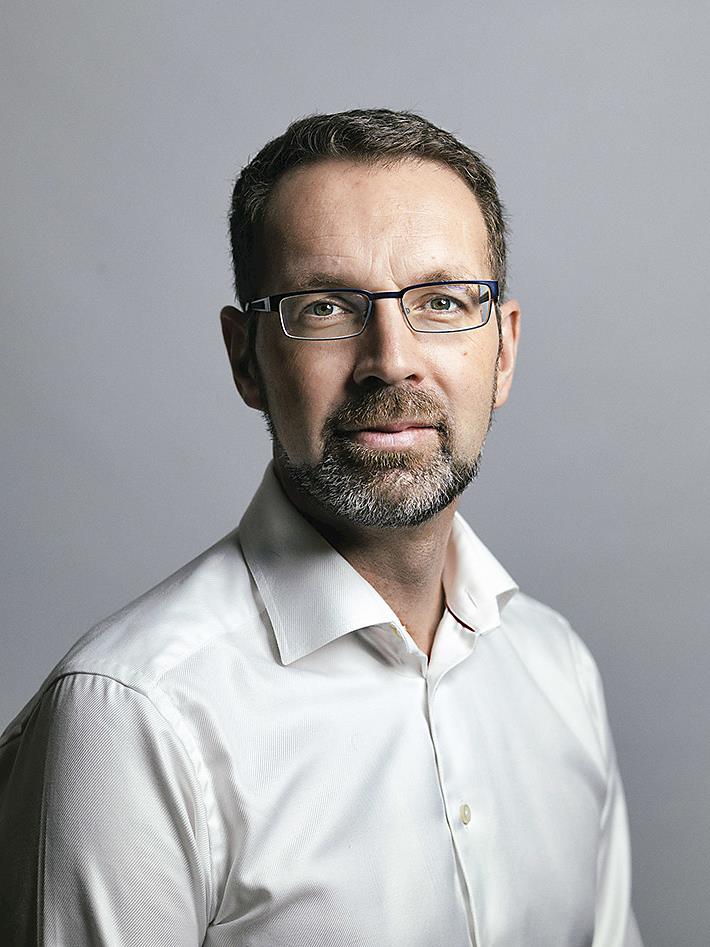HOPE OR HYPE?
Seco's Head of Research and Development, Anders Ericsson, explains the do's and don'ts of additive manufacturing.Everyone's talking about 3D printing, or 'additive manufacturing' as some prefer to call it. But when will the technology actually break through into the main strea, and what are the implications? Seco's head of Reasearch and Development, Anders Ericsson, takes a closer look.
When a little over a year ago, Audi showed off a half-scale model of its classic Grand Prix car, the 1936 Auto Union Type C, it wasn’t the car itself that attracted the greatest interest. Rather, it was the ‘printer’. The car was one of the first to be created through additive manufacturing or what’s sometimes called 3D-printing technology. At the same time, Audi signaled that it was now investigating new opportunities for printing out complex components directly from “powder to metal”.
The Audi example is just one of many of the increasing number of uses for additive manufacturing (AM). Advocates highlight the fact that the technology allows for the metal industry to go from production-driven design to design-driven production, that lead-times will be cut for the development of new products, and that there is now new potential for producing components featur-ing complex geometries. Some even call the technology a “paradigm shift within manu-facturing”. But Anders Ericsson, Head of Research and Development at Seco, is keen to slightly downplay the technology’s immediate significance for the metal working industry.
 “AM is clearly an extremely interesting technology for many of our customers,” he says. “In some cases, it can replace roughing, but we don’t think that the technology will replace the bulk of finishing operations any time within the next 15 years.”
“AM is clearly an extremely interesting technology for many of our customers,” he says. “In some cases, it can replace roughing, but we don’t think that the technology will replace the bulk of finishing operations any time within the next 15 years.”
If you go back 20 years, many thought net shape forming was going to be the new production technology that to some degree would replace traditional metal cutting. The method involves creating components that are very close to their final form. But while net shape forming is today widely used across the industry, it hasn’t become the revolution that many expected.
“You can draw a parallel with this and with additive manufacturing, today,” says Ericsson. “Everyone is talking about the technology, but we don’t really know where it will lead. But, having said that, I still believe that additive manufacturing has greater potential for metals than net shape forming, primarily because AM is currently being successfully used with complex plastic components and because digitalization will work as a key enabler.”
Up until now, it has been the medical sector and, to some extent, the aviation sector that have made progress with additive manufacturing within areas traditionally dependent on the metalworking industry. The method has also been effective in the medical sector in producing small runs of complex, tailor-made components such as prostheses and implants.